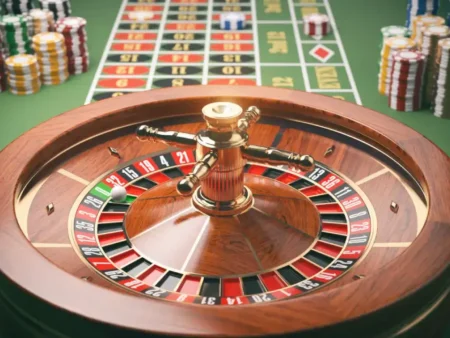useful for casual play, tabletop games, or boosting your control and confidence (note: dice are inherently random, and results cannot be fully controlled):

1. Consistent Grip and Release
- Use the same grip and throwing motion every time.
- A smooth, controlled release reduces excessive bouncing and improves predictability.
2. Choose the Right Surface
- Hard, flat surfaces allow for more predictable rolls.
- Soft or padded surfaces (like felt) can reduce bouncing, offering a sense of control.
3. Use a Dice Cup
- Dice cups limit how far and wildly dice travel.
- A practiced shake and roll can create more consistent outcomes.
4. Face Setting (Advanced, Unproven)
- Some players try starting with a specific number face up (e.g., “6 facing up”) and use a consistent throw to influence results.
- This is not scientifically proven and is mostly psychological.
What Not to Do: Cheating Risks
- Avoid using loaded dice, magnetized tools, or sleight-of-hand tricks.
- In casinos or official tournaments, these are considered cheating and may be illegal.
Best Practices
- Focus on understanding probability—each side of a fair die has an equal chance.
- Build confidence through practice and ritual, not superstition.
- Remember, the most reliable “dice strategy” lies in game knowledge and decision-making, not controlling luck.












